3 Easy Swaps That Replace Au Jus Seasoning Mix
Substitutes for au jus seasoning mix can transform your cooking when the original ingredient isn't in your pantry.
This French-inspired flavor enhancer adds rich depth to many dishes, but sometimes we need alternatives due to dietary concerns or simply because we've run out.
Several household items can mimic that savory, umami-packed profile without compromising the taste of your meal.
The beauty of these alternatives lies in their accessibility and ease of use for home cooks at any skill level.
Most people already have these basic components tucked away in their kitchen cabinets or refrigerators.
With just a few adjustments to your recipe, the end result might surprise you with its authentic taste and satisfying richness.
Ready to learn which everyday ingredients can step in when au jus mix isn't available?
Why Substitute Au Jus Seasoning?
There are plenty of good reasons to use a substitute for au jus seasoning in your cooking, whether you’re making a hearty roast, a sandwich dip, or just want to change things up in the kitchen:
Flavorful Alternatives to Au Jus Seasoning
Au jus seasoning not being there doesn’t mean losing depth of flavor. A quick swap brings everything back in line, and your cooking rhythm never misses a step.
Homemade Au Jus Seasoning Mix
Jus seasoning mix, available in grocery stores, can easily be prepared at home with simple ingredients like beef drippings, Worcestershire sauce, red wine, and beef broth.
Making your own mix gives you complete control over what goes into your recipe, allowing for personalization based on taste preferences.
Substitutions are always possible, such as swapping beef drippings for vegetable broth, though this may alter the rich, beefy flavor that many people enjoy.
Countless recipes can be found online, providing inspiration for creating the perfect blend to enhance your meals.
The beauty of homemade seasoning lies in its flexibility and how you can adjust ingredients to complement specific dishes you're preparing.
Bouillon Cubes Sauce
Homemade au jus sauce can be whipped up in minutes by crushing bouillon cubes and mixing them with onion powder, dried parsley, black pepper, and garlic powder.
The magic happens when you add water to this mixture in a hot pan and stir until it reaches the perfect thickness.
Many cooks prefer cornstarch as a thickener, but alternatives like xanthan gum or almond flour work just as well for those with dietary restrictions.
This simple substitute saves a trip to the store when recipes call for packaged au jus seasoning mix.
The best part?
You control exactly what goes into your sauce, avoiding preservatives found in store-bought versions.
Beef Broth Or Stock
Beef broth stands out as the closest substitute for au jus seasoning mix because it offers similar flavor, consistency, and color for your roasted meat dishes.
Making your own version at home is surprisingly easy when store-bought options aren't available.
All you need are meat drippings combined with common kitchen ingredients like salt, pepper, onions, carrots, celery, garlic cloves, dried herbs, and water.
The preparation process simply involves cleaning and chopping these ingredients, boiling them together until the flavors merge, then straining the liquid to capture the rich essence.
How to Make Homemade Au Jus With Pantry Staples
You can easily make flavorful au jus at home using simple pantry ingredients, so you never have to rely on a store-bought mix to bring savory richness to your roasts and sandwiches:
Tips for Perfect French Dip Sandwiches With Au Jus Substitutes
You can make French dip sandwiches just as tasty with an au jus substitute by focusing on simple ingredients, the right bread, and a few easy flavor tricks for a restaurant-style meal at home:

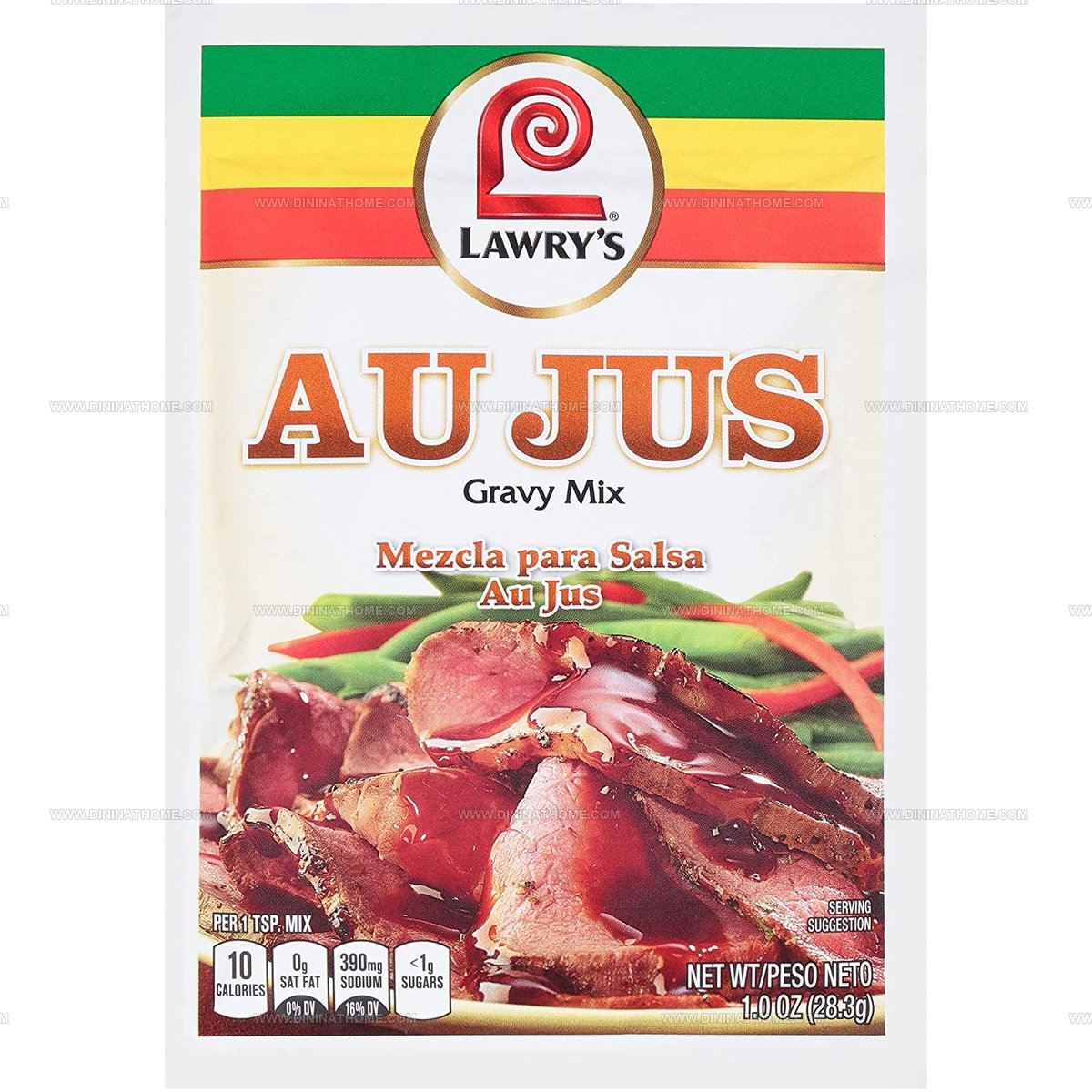
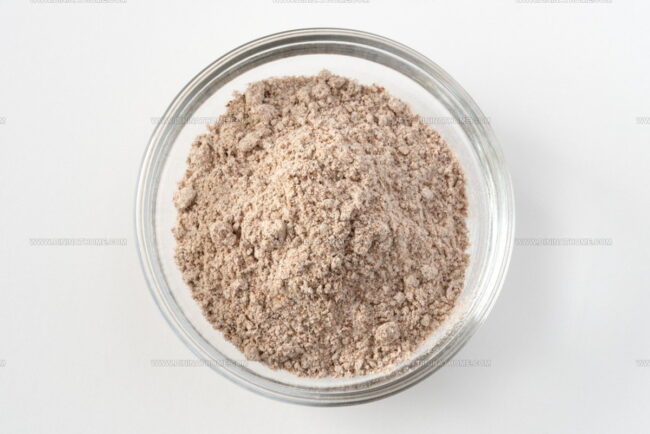
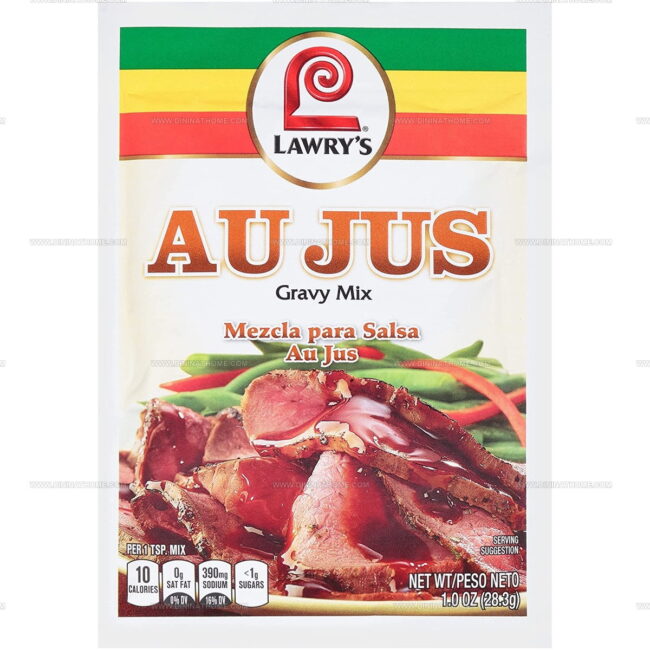
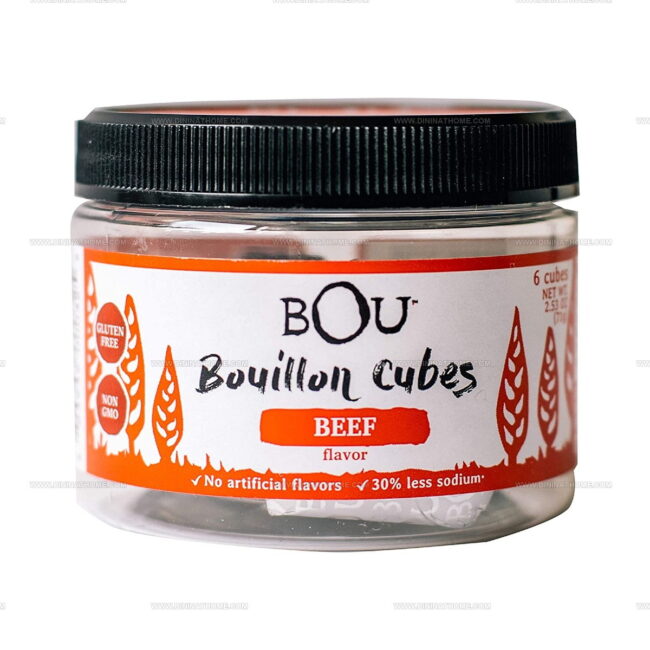
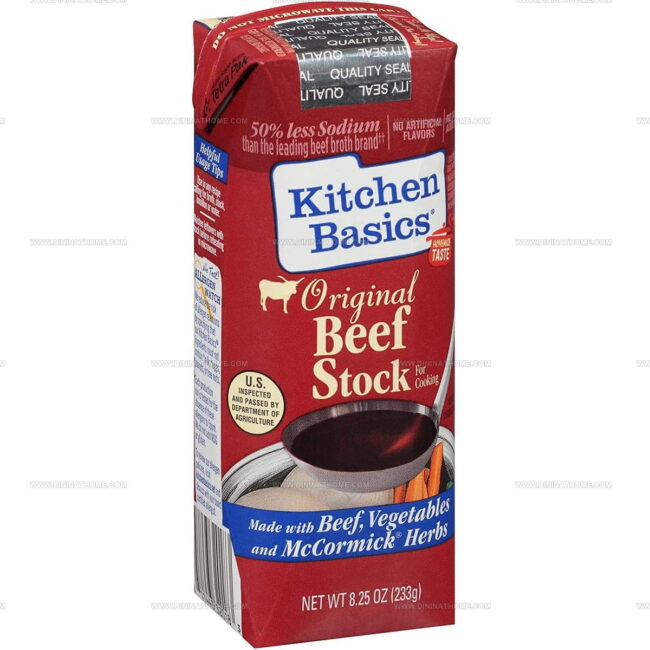
James Walker
Lead Recipe Developer & Culinary Educator
Expertise
Southern Cuisine & Farm-to-Table Cooking, Recipe Development & Testing, Culinary Education & Instruction
Education
School: Auguste Escoffier School of Culinary Arts
Program: Diploma in Culinary Arts and Operations
Focus: Comprehensive training in classical and modern culinary techniques, kitchen operations, and farm-to-table practices.
James didn’t learn cooking from a TV show, he learned it from busy kitchens, family gatherings, and long afternoons spent testing recipes the hard way.
After training at the Auguste Escoffier School of Culinary Arts, he brought his love for real, down-to-earth food to every dish he makes.
At Dining At Home, James loves building recipes that feel familiar but still have something special, like adding a twist to a classic or making a slow Sunday dinner feel brand new.
When he’s not in the kitchen, you’ll probably find him swapping garden tips at the farmers’ market or teaching his daughter how to flip pancakes without a mess (almost).